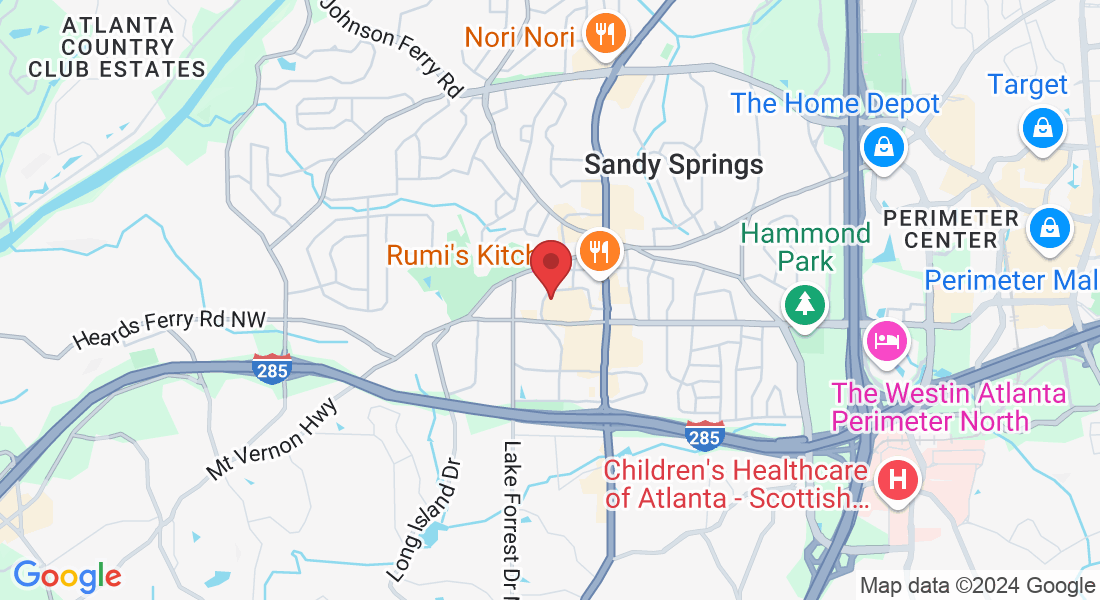Sandy Springs Top Transformational Personal Training Gym For Women
Struggling to Shed Pounds or Tone Up?
Try our Earn Your Free 6-Week Toning & Tightening Challenge Below!
ATLANTA PERSONAL FITNESS BLOG
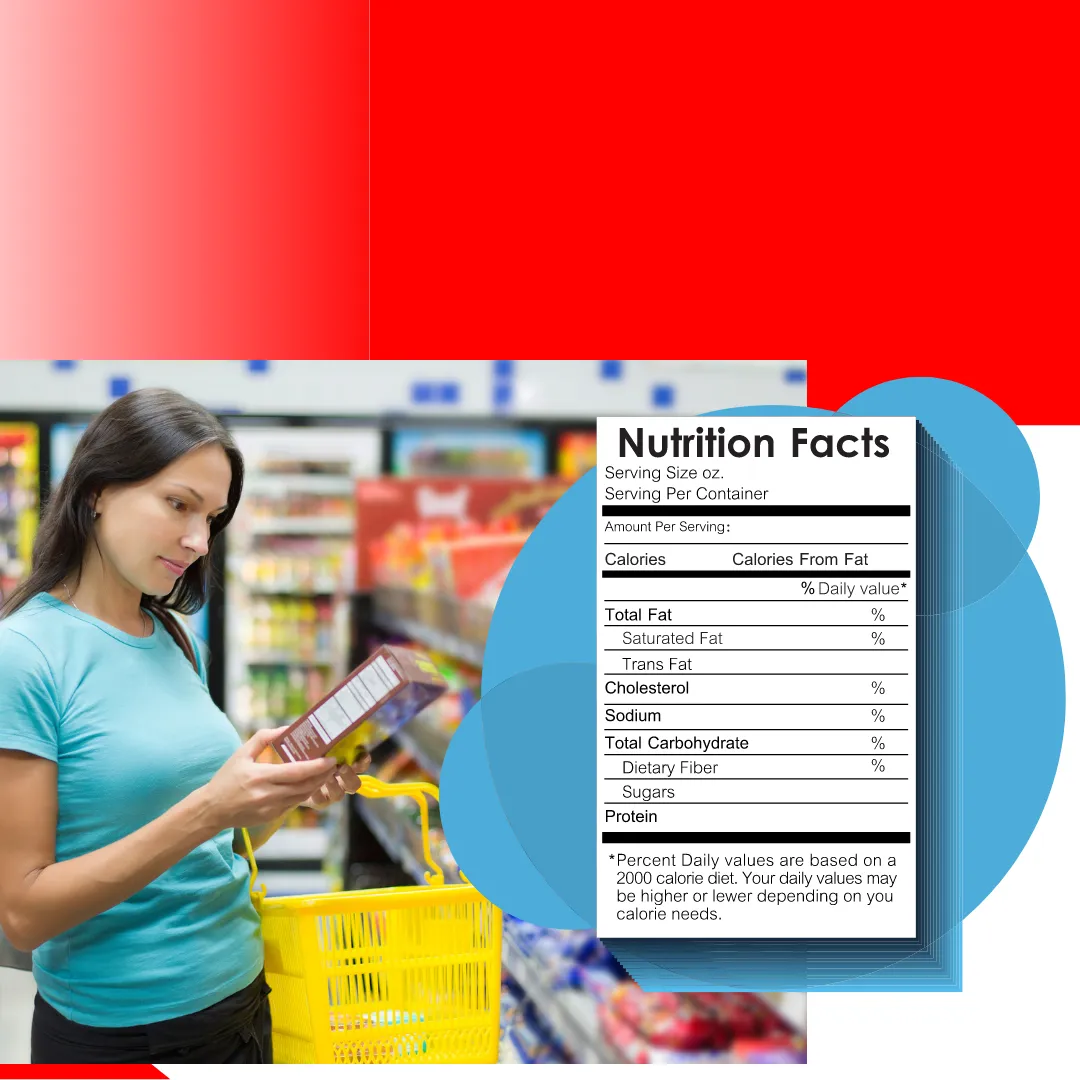
Learn to Read Food Labels: The Secret to Losing Weight
Understanding food labels is essential for anyone looking to lose weight and make healthier dietary choices.
Food labels provide crucial information about the nutritional content of a product, helping you make informed decisions.
In this guide, we'll break down how to read food labels effectively to support your weight loss journey.
1. Start with Serving Size
The serving size is the number of servings in the package. It’s crucial to pay attention to this measurement, as all nutritional information provided on the label is based on this serving.
If you eat more than the serving size, you’ll need to adjust the nutritional values accordingly.
Tip: Use measuring cups or a food scale to ensure you’re sticking to the recommended serving sizes, especially for calorie-dense foods.
Click HERE for a recommended food scale.
2. Check the Calories
Calories are a measure of energy that our bodies consume from food.
To lose weight, you need to be in a calorie deficit, meaning you consume fewer calories than you expend (our body scan machine gives us this number!).
Tip: Look for lower-calorie options and consider how they fit into your daily caloric goals.
Aim for foods that are low in calories but high in protein to help you feel full without overindulging.
PRO-TIP - Look for a ratio of protein to calories that is atleast 40% protein.
For example, look for the grams of protein.
Multiply the grams of protein by 4 to get the total protein calories.
Then divide the total protein calories by the total calories on the food label.
This will give you the ratio of protein to calories.
If its less than 40%, I wouldnt recommend eating it!
Click HERE for a special training I did with my members on how to use protein to boost your metabolism.
3. Look at Macronutrients
Understanding macronutrients—carbohydrates, proteins, and fats—is key to managing your diet for weight loss:
Total Fat: Aim for healthy fats (nuts, avocados, olive oil) and be wary of saturated and trans fats, which can negatively affect health.
PRO-TIP: Fats have 9 calories per gram, so be careful!
Carbohydrates: Look for sources of whole grains and fiber while minimizing added sugars. Fiber can aid in digestion and help you feel fuller longer.
Fiber will also help you use the bathroom more regularly and digest the increased protein better.
Protein: A higher protein intake can support muscle growth and repair while helping with fullness. Look for products that provide a good amount of protein.
PRO-TIP: Eat protein with every meal. Protein will help reduce blood sugar levels rising which can lead to overeating and storing fat when eating carbs.
Tip: Fill your plate with plenty of protein and fiber, as these will help control hunger and cravings.
4. Watch Out for Added Sugars
Added sugars can contribute a significant number of calories without providing any nutritional value.
The recommended daily limit for added sugars is about 6 teaspoons (25 grams) for women and 9 teaspoons (36 grams) for men.
Tip: Avoid products with high amounts of added sugar, and look for alternatives sweetened with natural ingredients, like fruit.
Stick to a rule of thumb of "single digits" when buying foods with sugar in it, i.e., 9 grams or less.
5. Analyze Ingredients List
The ingredient list provides insight into the quality of the food. Ingredients are listed in descending order, so the first few will make up the bulk of the product.
Tip: Choose products with short ingredient lists and recognizable items. Avoid items with excessive artificial ingredients and preservatives.
6. Consider Nutritional Claims
You might see various claims on packaging, such as “low fat,” “sugar-free,” or “high fiber.” However, it’s important to understand what these terms mean:
"Low Fat": While products may be low in fat, they can still contain high added sugars.
"Sugar-Free": These products can still be high in calories—check to see what sweeteners have been used.
"High Fiber": Aim for foods with at least 3 grams of fiber per serving for digestive health and satiety.
Tip: Use these claims as a guideline, but always refer back to the nutrition facts and ingredients.
7. Be Mindful of Sodium Content
High sodium intake can lead to water retention and affect blood pressure.
Aim for sodium values lower than 200 mg per serving, especially if you're watching your salt intake.
Tip: Look for low-sodium alternatives when possible and incorporate fresh ingredients to limit processed sodium intake.
Reading food labels effectively can give you the tools you need to make informed choices that support your weight loss goals.
By focusing on serving sizes, calories, macronutrients, and ingredient quality, you can choose healthier options that nourish your body and help you reach your desired weight.
Remember to be mindful of your overall diet and aim for balance, variety, and moderation.
With practice, reading food labels will become second nature, making your journey toward a healthier lifestyle that much easier.
And the biggest takeaway here is finding foods that have atleast 40% protein in them.
PS - Need help developing a weight loss plan? Schedule a session below with one of our coaches and we will brainstorm a free plan for you!
Limited Spots Available Due To Space Capacity of Gym*
Lose 20lbs+, Drop Stubborn Inches & Belly Fat
Eat What You Love While Seeing Great Results
Personal Training, Custom Nutrition Plan & Results Focused
"Iv'e tried every diet under the sun and fitness programs. Working with Ryan was my final stop. I am WAY more confident, have so much more energy to be doing the things I want to and can't thank y'all enough for changing me life."
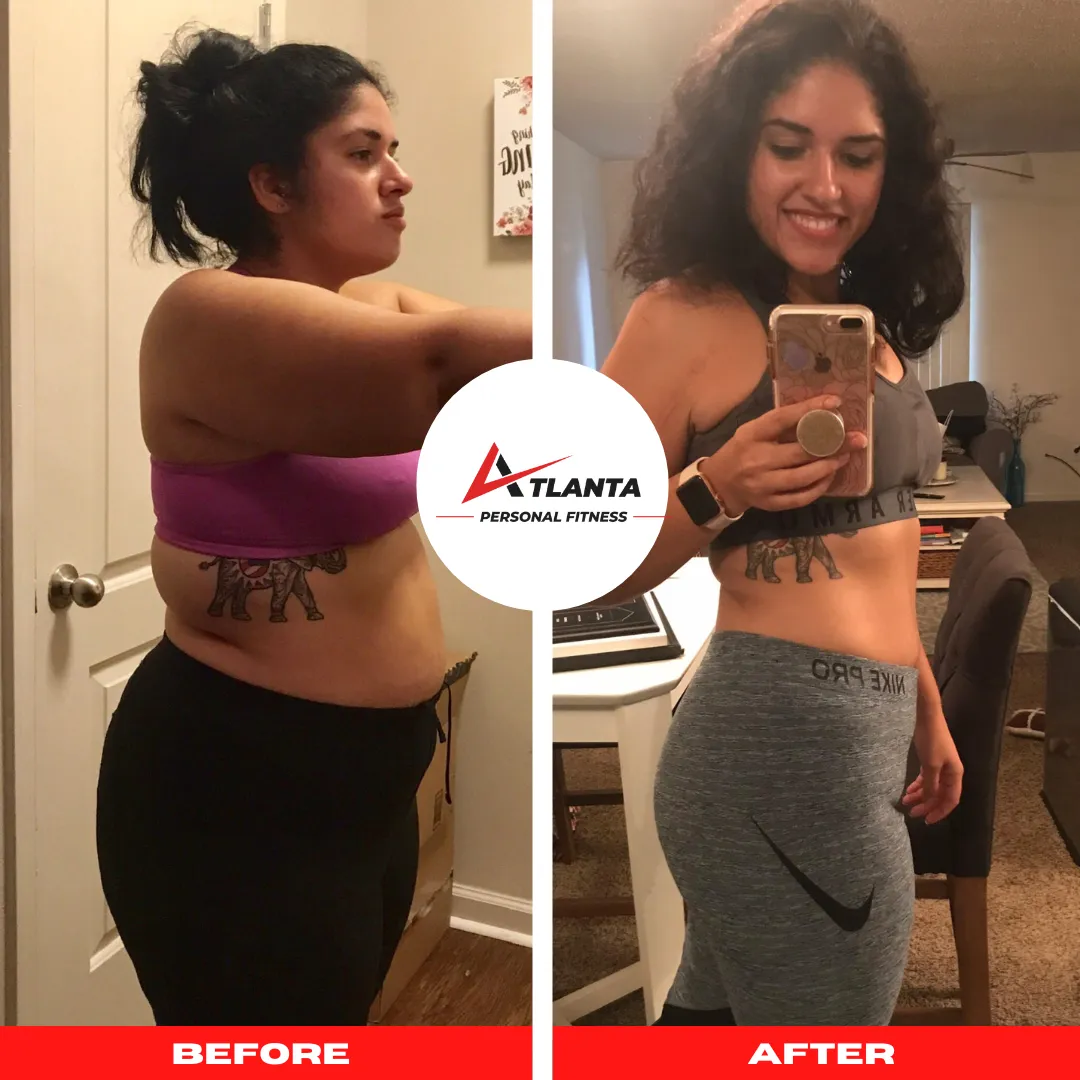
-Lydia
100lbs+ Weight Loss
"I only had to train a couple times per week & fix a few things in my nutrition, thanks to Ryan to see all these inches off in a short amount of time without dieting, supplements or crazy exercise routines!"
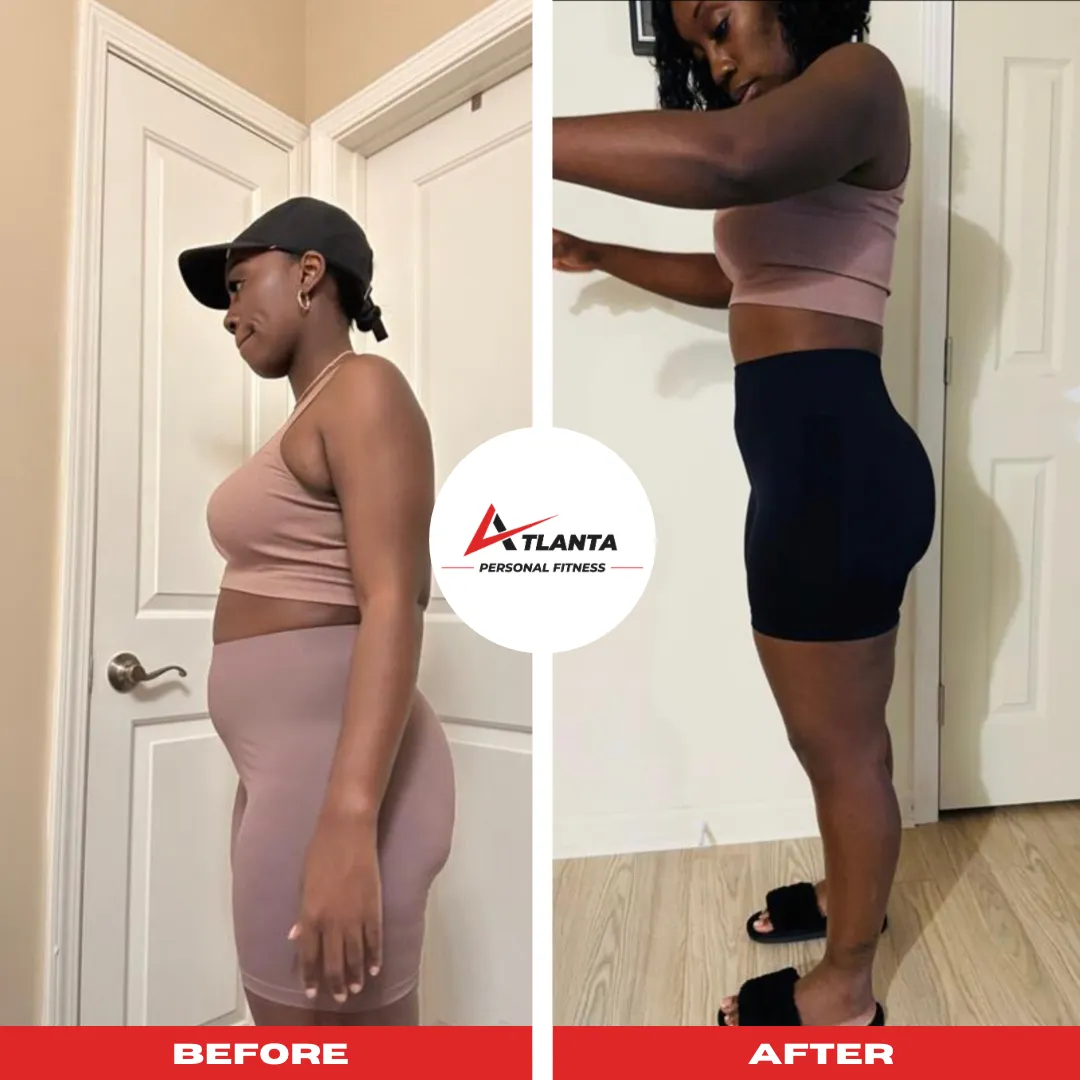
- Karie
MANY Inches Off in 12 Weeks!
"Transforming into my inner beast! With Ryan, 6-week transformation challenge paid off! Gained my weight back IN MUSCLE TONE and my skin is glowing!!"
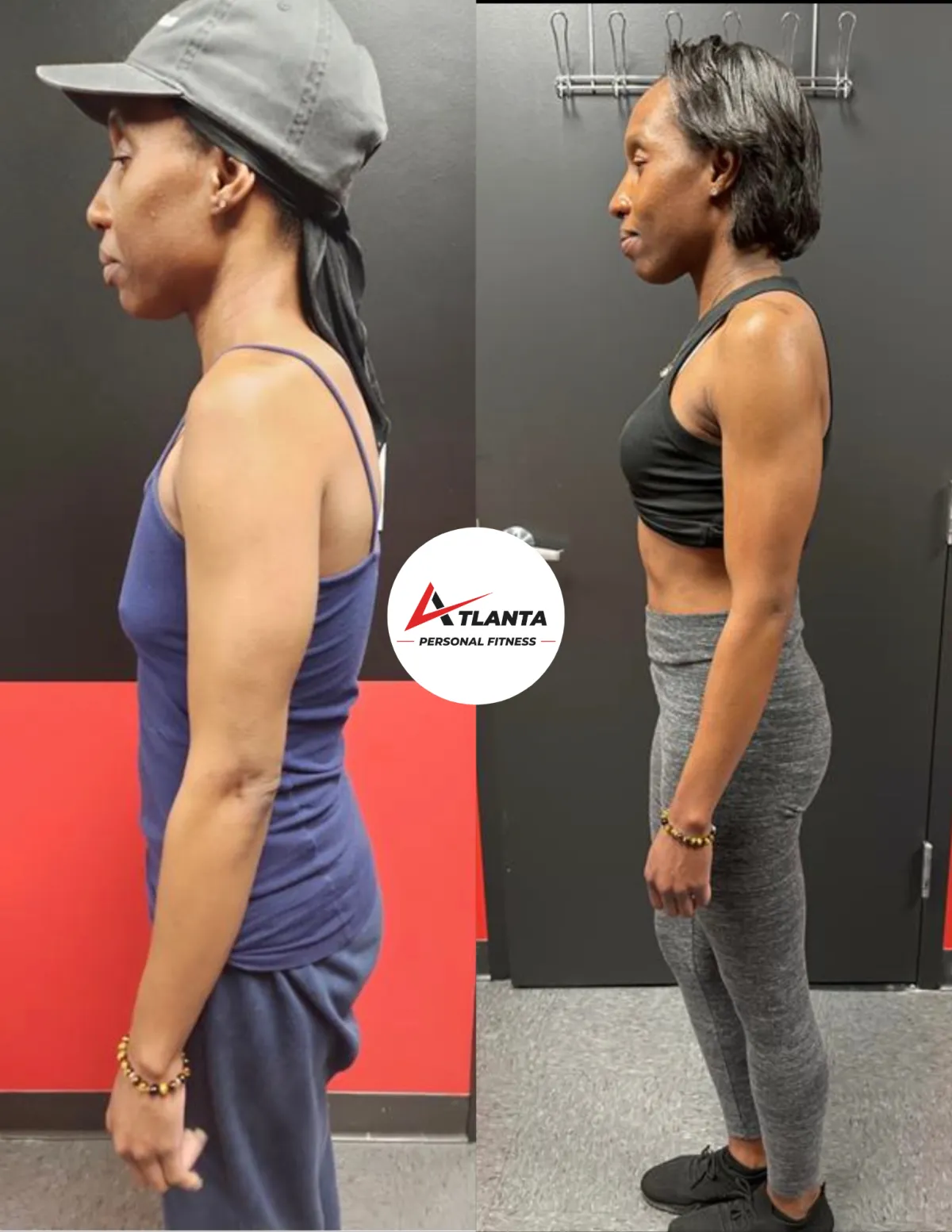
- Jackie
7lbs Muscle Gain in 6 Weeks
Contact
(470)444-4654
Atlanta Personal Fitness
6055 Sandy Springs Circle
Sandy Springs, GA 30328
Hours
Monday-Friday: 5am-7:30pm
Saturday: 8:45am-12pm
Sunday: 11am-12pm



